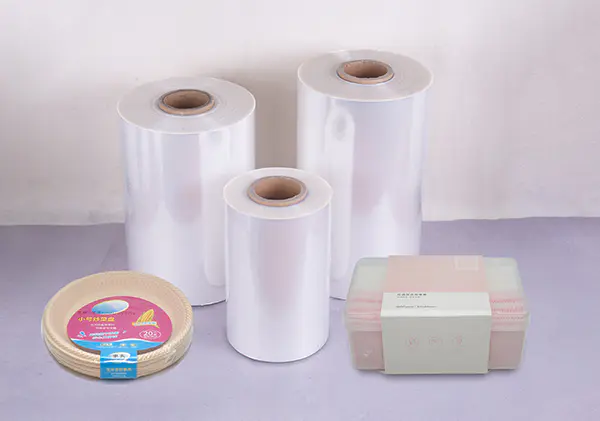When choosing a flexible packaging film printing service, it is important to choose a company that uses a wide range of inks and ribbons. You should also consider using barcodes or QR codes. You can also choose flexible packaging film printing services that can perform reverse and surface flexo printing.
When you need to print your flexible packaging film, you can choose from many different printing services. There are water-based, solvent-based and UV coating printing processes. These services cater to a variety of industries and print on a variety of materials.
Flexible packaging film printing services offer many benefits. For example, they can print text and barcodes on flexible packaging films. They are also able to print parts up to 6 inches wide. In addition, they can provide value-added services such as lamination, waxing and creping. Many of them can even handle printing on food and liquid materials.
Another benefit of flexible packaging printing services is that they use inkjet technology. The technology allows variable information to be printed on thin films, which is especially important in the food industry. This information can include tracking codes, dates of manufacture, and dates of use. Depending on the product, disclosure language may also be included.
Choose the right ink and ribbon for printing on flexible packaging
Choosing the right ink and ribbon for printing on flexible packaging is a critical part of the printing process. The ink should perform well in a production environment and withstand factors such as heat, moisture and humidity. They should also resist ink transfer and smearing. Ribbon and ink should be compatible with each other and the substrate to ensure high quality printing.
Inks suitable for printing on flexible packaging should meet the specific coding requirements of the application. For example, if the product contains an expiration date, ink needs to be used for this purpose. It is difficult to update the date and ingredient list if it is not permanent.
Resin-enhanced wax-based inks are suitable for printing on plastic, paper and other materials. These inks provide high-quality prints at affordable prices. They can also be used with high-speed printers.
The process of reverse and surface flexographic printing on packaging films involves applying an ink layer to the film substrate. The ink is applied by using an anilox roller. The amount of ink in the anilox roller determines the thickness of the final ink film. In addition, the volume of the anilox roll is important to achieve uniform distribution of the ink on the substrate. Even distribution of cells can present some challenges, especially when using solid or halftone screens. For this reason, entity and screen work is usually separated during the copy phase. However, advances in printing plates and screening technology are gradually eliminating the need for separation plates.
The main difference between reverse flexo printing and surface flexo printing on packaging films is the printing method. In reverse printing, ink is trapped between two layers of packaging film. This protects the integrity of the image. The result is an image that appeals to consumers. Reverse printing also allows for different film functions to be specified, including air and moisture barrier, physical elasticity and UV protection.
Printing QR codes and barcodes on packaging film is an efficient method of product marking. The process of printing QR codes or barcodes on film is relatively easy, and the process can be easily programmed and customized to fit the size and shape of the product. And this method is cost-effective, and the print quality is also very good.
There are several things to consider when choosing the right type of label for a particular product. One of these factors is how long the product will be stored. Another factor is the type of application. Paper labels are the most common and cheapest option. They are also available in a variety of sizes and can be used for a variety of purposes.
Bar codes are an increasingly important feature of packaging today. Many brands are embracing digital technologies that allow them to provide consumers with valuable data. Barcode integration on packaging films enables retailers to maintain accurate inventory levels and expiration dates. It also helps retailers promote their products and inform customers of their nutritional value. Additionally, it allows consumers to learn more about a product’s ingredients, uses, recycling, and more.
Polyolefin shrink film JT01
Product Description:JT01 is a strong and high clarity biaxial oriented heat shrinkable film that has stable & balanced shrinkage and soft corner during packaging. With features of tough,cold resistant and soft, it can protect your products efficiently and doesn’t emit harmful gas during usage. It is an economic product which works easily on most shrink packaging machines.
Polyolefin shrink film 10mic the new thinnest biaxial oriented heat shrink film, it has better tensile strength, and better clarity. It have less haze when packing, also better oxygen transmission rate, can protect your goods efficiently. It works good on auto or semi-auto machine. Now it is widely used for packing milky tea, bowel noodles, lile box, chocolate and so on.
Available thickness
10micron, 12micron, 15micron, 19micron, 25micron and 30 micron.
Material:PP/PE
Application:1. FOOD pack 2.Cosmetics 3.Medicine pack 4.furniture pack 5.Hardware pack Etc
Origin:Zhejiang, China
